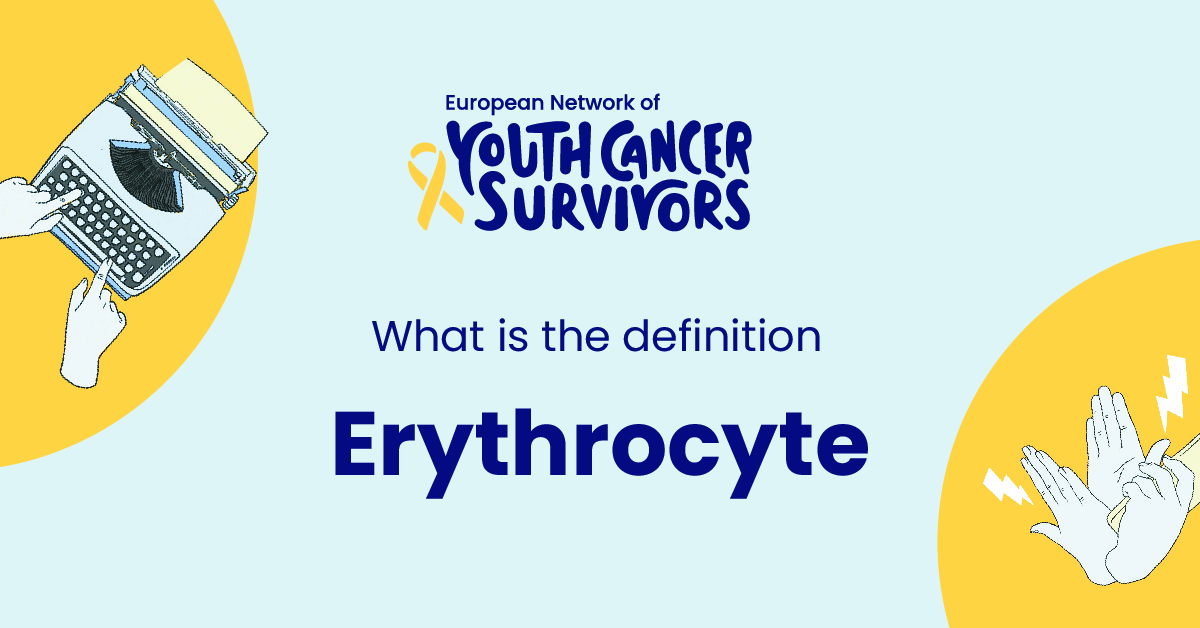
Understanding Erythrocytes: Their Meaning and Importance
Introduction
The key to gaining a comprehensive understanding of human health and biology often lies in understanding our smallest components– our cells. Today, we delve into one such critical component: erythrocytes, commonly known as red blood cells. The study of these unique cells offers numerous insights into not only basic human biology but also a plethora of diseases and disorders.
This article aims to shed light on the nature of erythrocytes, their role in the human body, and their connection to various health conditions. So, whether you are a health professional looking to refresh your knowledge or a curious individual interested in understanding the body better, continue reading to expand your awareness on this crucial cell type.
The Definition of Erythrocytes
What Are Erythrocytes?
Packed full of hemoglobin, erythrocytes or red blood cells are one of the most crucial components of our blood. Unlike other cells, these are shaped distinctly – they are round, biconcave and lack a nucleus. Their unique structure enables them to perform their primary function, transporting oxygen from the lungs to various body tissues.
Understanding the Science Behind Erythrocytes
Erythrocytes originate from stem cells in the bone marrow through a process called erythropoiesis. Essential elements for this process include iron, vitamin B12, and folic acid. Once mature, erythrocytes are released into the bloodstream where they circulate for approximately 120 days before they are broken down and replaced.
The Structure of an Erythrocyte
Anatomy of Erythrocytes
Erythrocytes, resembling a donut without a hole, are unusually simple in structure due to their lack of organelles and nucleus. Despite this simplicity, they house a complex protein known as hemoglobin that binds to oxygen and enables efficient gas exchange.
Unique Features and Characteristics
The erythrocyte’s biconcave shape offers a higher surface area to volume ratio, allowing quicker absorption and release of oxygen. Its flexibility helps it navigate the narrowest of blood vessels, ensuring every cell receives the oxygen it requires. Moreover, the absence of a nucleus and other organelles means more space for carrying hemoglobin and, in turn, oxygen.
Get to know us better
If you are reading this, you are in the right place – we do not care who you are and what you do, press the button and follow discussions live

The Function of Erythrocytes in the Human Body
Vital Role in Oxygen Transport
Transporting oxygen via hemoglobin from the lungs to every cell in our body is the primary function of erythrocytes. Upon reaching body tissues, erythrocytes release oxygen and collect carbon dioxide, a waste product for removal.
Other Functions of Erythrocytes
Beyond oxygen transport, erythrocytes play vital roles in maintaining the body’s pH balance and controlling blood’s viscosity or thickness. They also interact with the immune system through various receptors on their surface.
Erythrocytes and Health Conditions
Link Between Erythrocytes and Anemia
Anemia, a common health disorder, arises when erythrocyte count is too low or they carry insufficient hemoglobin. Anemic individuals often experience fatigue and weakness because their cells are not receiving enough oxygen.
Other Erythrocyte-Related Health Disorders
Besides anemia, other conditions related to erythrocytes include polycythemia, where there are too many erythrocytes, and sickle cell anemia, where the red blood cells are misshapen and dysfunction. These disorders are typically diagnosed through blood tests and can sometimes be managed through medications or dietary changes.
Conclusion
Summary of Erythrocytes and Their Impact on Health
In summary, erythrocytes play an integral role in human health and well-being. Apart from their primary task of oxygen transport, their influence extends to pH balance and the immune system, highlighting their diverse functionality.
Future Research Directions on Erythrocytes
Despite our understanding of erythrocytes, scientific exploration continues for newer clinical applications and disease treatments. The future of biomedical research holds great promise for further harnessing the potential of these essential cellular components.
FAQs
1. What is the primary function of erythrocytes in the human body?
The primary function of erythrocytes is to transport oxygen from the lungs to various body tissues.
2. How can abnormalities in erythrocytes affect overall health?
Abnormalities in erythrocytes, such as a low count or inadequate hemoglobin content, can lead to conditions like anemia, causing fatigue, weakness, and other health issues.
3. What are common disorders linked to erythrocytes and how are they diagnosed?
Common disorders tied to erythrocytes include anemia, polycythemia, and sickle cell anemia. Diagnosis commonly involves blood tests.
4. How is the count of erythrocytes maintained in our body?
The count of erythrocytes is maintained by a process called erythropoiesis, which occurs in the bone marrow.
5. What is the link between erythrocytes and anemia?
Anemia is caused when there is a low count of erythrocytes or when the erythrocytes carry insufficient hemoglobin. Both scenarios lead to inadequate oxygen supply to the body cells, leading to anemia.

















Comments
Thank you. Comment sent for approval.
Something is wrong, try again later